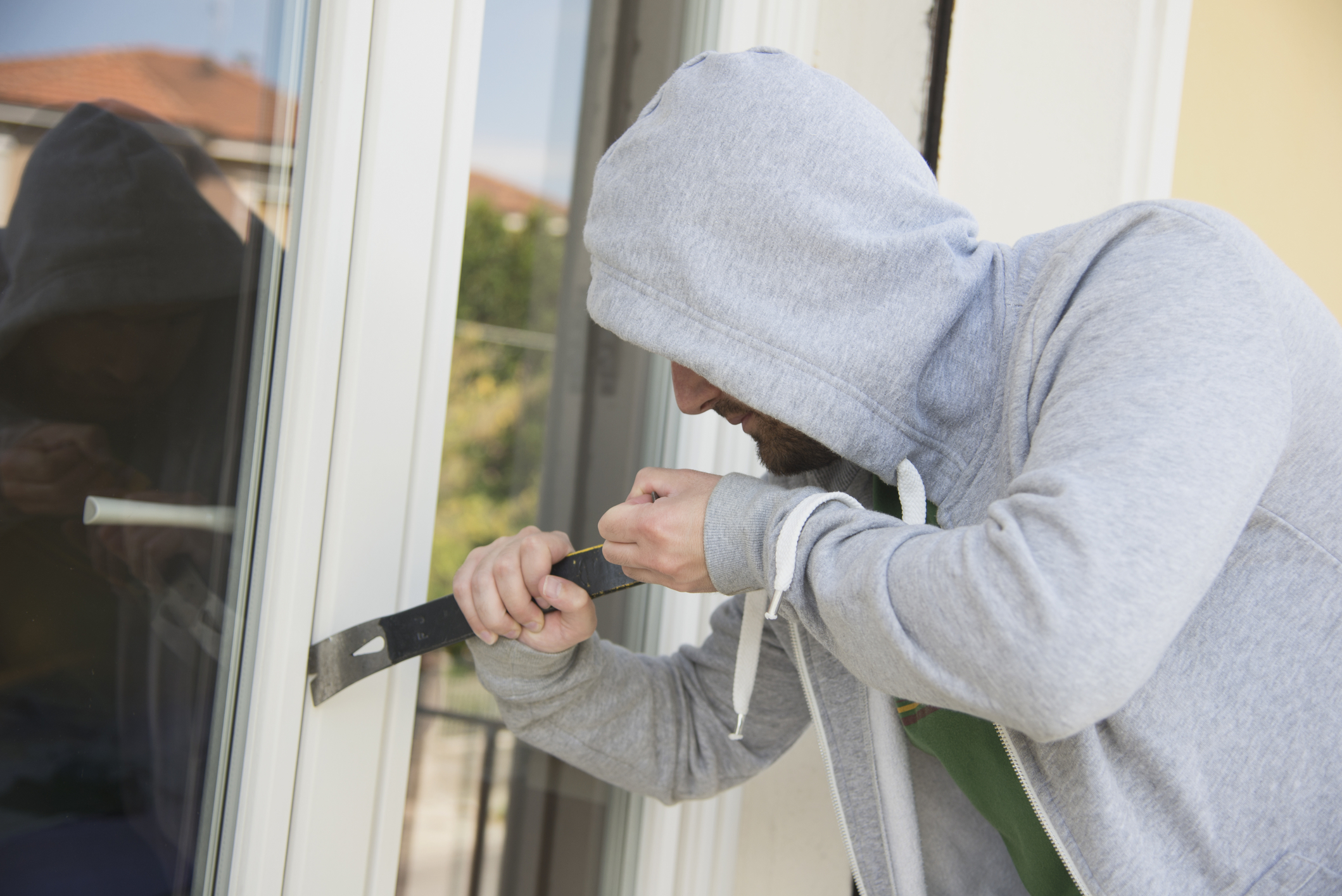Squatting has been on the rise recently. A squatter, in essence, is an individual who occupies a property without legal title, rights, or a lease agreement. Despite their lack of formal rights, squatters are afforded certain protections under federal and state laws. Understanding these rights is crucial for property owners in Texas to safeguard their investments and properties.
The Requirements Squatters Need to Meet
- Physical Possession Requirement: To establish adverse possession, a squatter must physically occupy the property and treat it as an owner would. This may include maintenance activities like landscaping and fencing.
- Open and Notorious Occupation: Squatters must demonstrate visible and obvious occupation of the property to satisfy the this requirement. The occupation should be apparent enough for the property owner to be aware of it.
- Exclusivity of Possession: Squatters must prove exclusive possession of the property, without sharing it with others, to support their adverse possession claim.
- Absence of Permission: Squatters must occupy the property without the owner’s permission to meet the requirement of “hostile intent”. Hostile intent, in this context, does not imply malicious intent but rather an absence of formal authorization.
- Continuous Residency: Texas imposes varying minimum residency periods for squatters to claim adverse possession:
- Minimum of 3 years: Squatters with “color of title” must occupy the property for at least 3 years. Color of title refers to irregular property ownership, where the legal documents may be incomplete or missing
- 5 years: Squatters must pay property taxes for 5 years and reside on the property for a similar period
- 10 years: Squatters without color of title and tax payments must reside on the property for a minimum of 10 years. Continuous occupancy, uninterrupted for the specified period, is essential.
Preventing Squatters
There are a few easy ways to reduce the likelihood of squatters:
- Regular Property Visits: Visit vacant properties regularly to maintain their appearance and deter unwanted occupancy. Here at Luna PMG we make regular visits to any of our properties that happen to be vacant.
- Utility Disconnection: Disconnect utilities to render the property uninhabitable. Keep in mind that during the winter you may want to keep the heat on to avoid any potential freezing pipes.
- Neighbor Vigilance: Enlist the help of neighbors to report any suspicious activity.
- Secure Entry Points: Ensure all entry points are inaccessible to prevent unauthorized entry.
- Enhanced Security Measures: Invest in security systems like intruder alarms and surveillance cameras.
- Property Management Assistance: Hire a professional property management company to find tenants and manage the property effectively.
Removing Squatters
Engaging in self help is not advised for safety and legal reasons. The judicial eviction process is the only legal recourse for removing squatters from your property in Texas. This involves serving the squatter an eviction notice, such as a 3-Day Notice to Quit for non-payment of rent or illegal activities. Upon obtaining a court judgment, a writ of possession is issued, giving the squatter 24 hours to vacate before enforcement by the sheriff. The goal of course is not to have squatters because they can not only cost time and money in getting them removed, but they can cause damage to your property.
In conclusion, understanding squatter’s rights and taking proactive measures is essential for property owners in Texas. Please note that laws are subject to change and seeking professional legal advice is advisable for specific situations.

